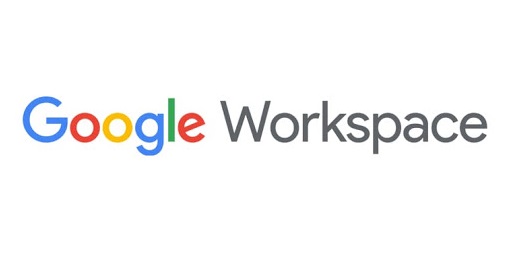Service Update: Google Workspace Transition Update – June 30, 2022
 Service Update: As part of the transition from G Suite to Google Workspace, Google began rolling out service changes to both the Google Workspace and G Suite platforms.
Service Update: As part of the transition from G Suite to Google Workspace, Google began rolling out service changes to both the Google Workspace and G Suite platforms.
Please contact us by email, via our website, or by scheduling time directly with one of our Cloud advisors, with any questions or concerns.
Additional Storage
You can no longer add additional storage to G Suite Basic or to Google Workspace Business Starter licenses. This change impacts both managed and personal storage. Existing added storage will remain in place and functional. You cannot, however, adjust the amount of existing additional storage to a user account. Nor can you add any additional storage to accounts approaching the 30GB limit.
If you need additional storage for users, the preferred action is to transition to Google Workspace Business Standard, which includes 2TB per user of storage that is pooled and available to all users accounts.
By default, Google will move your entire domain (all users) to Google Workspace Business Standard. Your standard license fees will double from $6 per user per month ($72/year) to $12 per user per month ($144/year). We can assist in arranging discounts to help mitigate your cost increase if you transition before your renewal period (annual commitments) or Google’s automated transition (month-to-month customers).
Depending on your number of user licenses, you may be able to split licensing between Google Workspace Business Starter and Standard subscriptions, limiting the more expensive licensing to only those users with a need for more than 30GB of storage.
Automatic Transitions
We have been discussing the transition from G Suite to Google Workspace and providing updates since November of 2020. Google is now working to finish the transition process.
Google is automatically transitioning month-to-month customers to Google Workspace. Your account administrators will receive notice 60 days in advance of the transition. Google will transition all of your users based on storage, features, and security settings in use. By default, all users will transition to the highest license level needed by any user within your domain. These changes will increase your license costs; for many these increases will be significant.
You may be able mitigate costs by splitting licenses within the Business and Enterprise tiers. Eligibility is based on your number of users and utilization.
We can also work to obtain discounts related to your transition.
For us to help, we need to begin your transition before Google initiates your automatic transition process.
Please contact us by email, via our website, or by scheduling time directly with one of our Cloud advisors, with any questions or concerns regarding this service update.

 Cyber Security Will Change Companies
Cyber Security Will Change Companies June 16, 2022 – Westborough, MA –
June 16, 2022 – Westborough, MA – 
